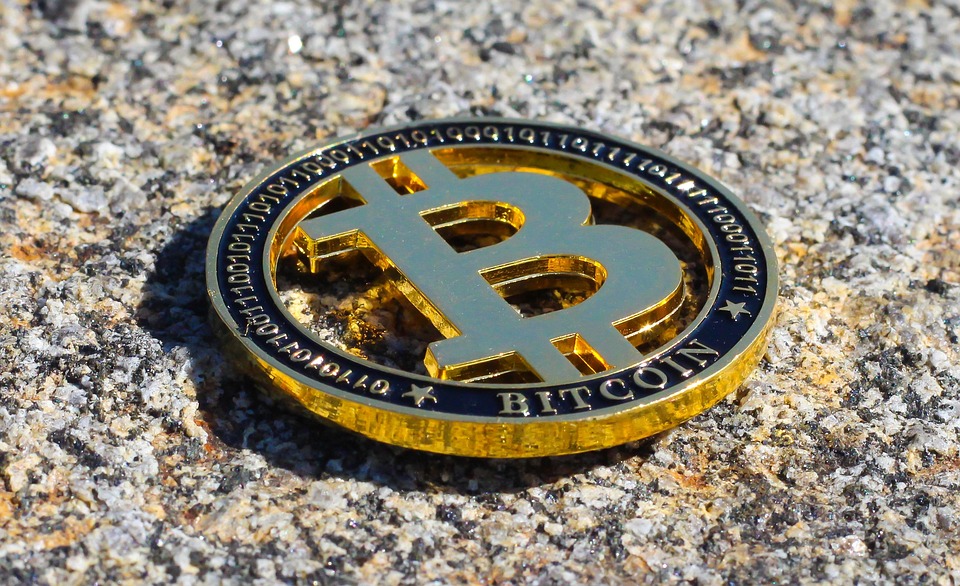The Process of Crypto Mining: How New Coins Are Created
Cryptocurrency mining is a fundamental process that allows for the creation of new coins while maintaining the security and integrity of blockchain networks. This article delves into the intricacies of crypto mining, explaining how new coins are generated and the essential role miners play in the ecosystem.
Understanding Blockchain Technology
At the heart of cryptocurrency mining lies blockchain technology. A blockchain is a decentralized ledger that records all transactions across a network of computers. Each block in the chain contains a list of transactions, and once a block is filled, it is cryptographically secured and linked to the previous block, forming a chain. This structure ensures transparency and security, making it nearly impossible to alter past transactions without consensus from the network.
The Role of Miners
Miners are individuals or entities that use powerful computers to solve complex mathematical problems, a process known as proof of work. By doing so, they validate transactions and secure the network. In exchange for their efforts, miners are rewarded with newly created coins and transaction fees from the transactions included in the block they mine.
Mining Rewards and Difficulty
The reward for mining varies depending on the cryptocurrency. For example, Bitcoin miners receive a set number of bitcoins for each block mined, a figure that halves approximately every four years in an event known as the “halving.” This mechanism ensures that the total supply of Bitcoin is capped at 21 million coins.
As more miners join the network and computational power increases, the difficulty of solving these mathematical problems also rises. The network automatically adjusts the difficulty to ensure that blocks are mined at a consistent rate, typically every ten minutes for Bitcoin.
Mining Hardware and Software
To mine cryptocurrency, miners require specialized hardware known as ASICs (Application-Specific Integrated Circuits) for Bitcoin, or powerful GPUs (Graphics Processing Units) for other cryptocurrencies like Ethereum. The choice of hardware significantly impacts mining efficiency and profitability. Miners also need software to connect their hardware to the blockchain network and manage the mining process.
Types of Mining
There are several types of mining methods, including:
1. **Solo Mining**: Individuals mine independently, competing against all other miners to solve the next block. This method requires substantial investment in hardware and electricity but offers the entire block reward if successful.
2. **Pool Mining**: Miners join forces to pool their resources, increasing their chances of solving blocks. Rewards are distributed among participants based on their contributed computational power.
3. **Cloud Mining**: This method allows individuals to rent mining power from a third-party provider, allowing them to mine without the need for hardware. While it reduces the overhead of managing equipment, it often comes with fees that can eat into profits.
Environmental Concerns
The energy-intensive nature of crypto mining has raised significant environmental concerns. The process consumes vast amounts of electricity, often sourced from fossil fuels. This has led to calls for more sustainable mining practices and the exploration of alternative consensus mechanisms, such as proof of stake, which requires significantly less energy.
The Future of Crypto Mining
As the cryptocurrency landscape evolves, so too does the process of mining. Innovations in technology, changes in regulatory frameworks, and shifts in public perception regarding environmental impacts will shape the future of mining. Additionally, the rise of cryptocurrencies that utilize alternative consensus mechanisms may lead to a diversification of mining practices.
In conclusion, crypto mining is a vital component of the cryptocurrency ecosystem, enabling the creation of new coins and the maintenance of network security. While it faces challenges, particularly regarding energy consumption, ongoing advancements in technology and the exploration of new methodologies present opportunities for a more sustainable and efficient future in the world of digital currencies.



